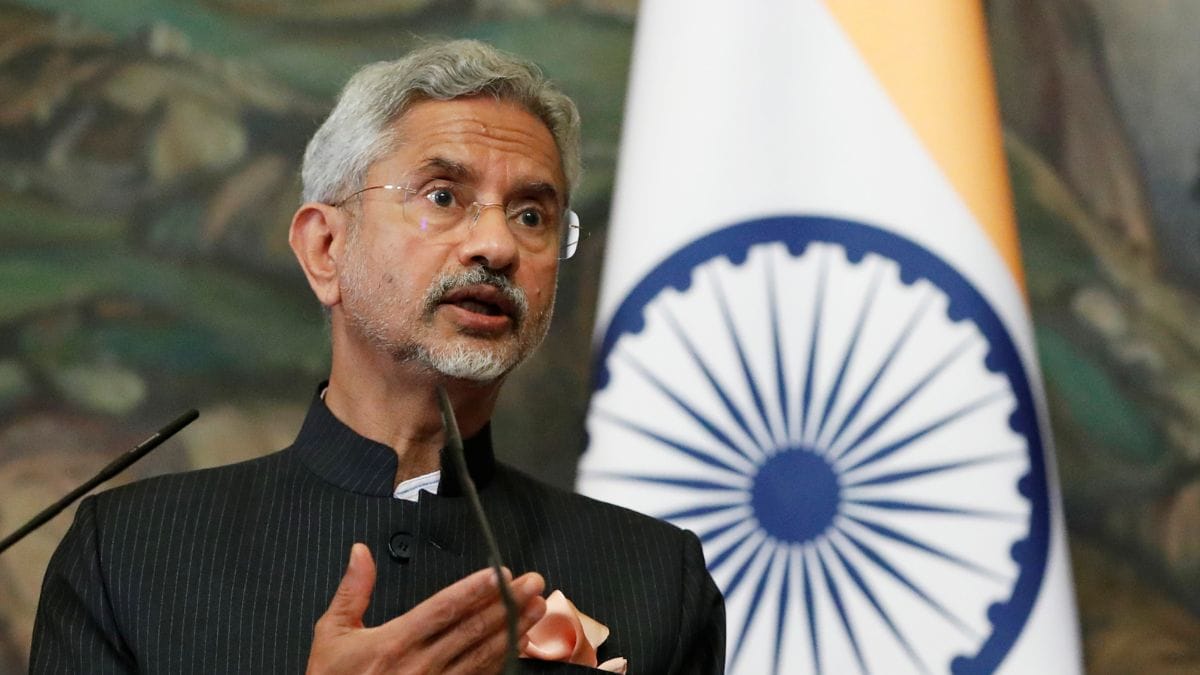
This is not even arguable that one of the biggest successes of the present government is its West Asia policy, which, although proverbially called ‘Link West’, in reality is an ‘Act West’ policy. West Asia and India never had it so good when the much-needed highest-level exchanges have occurred with such regular frequency and special emphasis as has happened in the past decade. PM Modi’s visits to the region and to some countries several times have converted the transactional relationship into a truly strategic partnership, as many of these countries, especially from the Gulf Cooperation Council (GCC), have adopted their own ‘Act East‘ policy, towards India and China in particular, geared by strategic autonomy amidst a severely fractured and transitional global order where super and major powers are engaged in a ‘MAD syndrome‘ directly or through proxies.
While New Delhi was able to successfully neutralise the ‘Pakistan factor’ that drove India’s foreign policy approaches for decades, the regional majors began to look at Indian opportunities with a new multifocal prism of options and have increasingly become stakeholders of consequence in the rise of India. Essentially, India’s West Asian policy was driven by 3Es and 3Ms, which encapsulate energy security, economy and trade, expatriates (welfare of over 9 million Indians), maritime security and cooperation for the safety of sea lanes of communications (SLOCs), multipolarity, and mutual respect and interests. With most countries, New Delhi worked on a bilateral basis, which yielded their own dividends for a certain period of time, as is evidenced by the spate of exchanges and interactions.

During India’s G20 Presidency also, the special invitees included the UAE, Oman, and Egypt, while Saudi Arabia is as such a member of the G20. Indian policy of de-hyphenation of relationships, each standing on its own bilateral matrix, has been quite successful. India’s continued support for an independent and sovereign state of Palestine and strategic partnership with Israel at the same time have been understood and appreciated by all.
It has called out and voted against the expansion of settlements by Israel in the West Bank, or, for that matter, voted at the UN General Assembly against the recognition of Jerusalem as the capital of Israel by the US—changing the status quo. India has maintained relations with both Iran and Israel and across the Shia-Sunni divide. Although the eleven-month-old Israel-Gaza war continues to take a human toll with inherent intransigence and escalation-ridden tendencies by both sides, India continues to call for ending the hostilities and returning to dialogue while engaging in consultations with all sides and actors.
India has also realised that with its increasing acceptance as a major yet benign power, the world expects much more from it, especially in so far as the regional conflicts are concerned. Recent efforts to calm down the Russia-Ukraine war and both sides placing greater confidence in India’s objective assessments and approaches for peace, dialogue, and diplomacy with respect for the UN Charter speak for themselves. Regional and sub-regional approaches are equally essential for a holistic foreign policy.
In recent times, India became a part of I2U2 (India, Israel, the UAE, and the US), sometimes referred to as West Asian QUAD, and the IUSU (India, the US, the US, and Saudi Arabia), which eventually resulted in the signing of the IMEEC (India-Middle East-Europe Economic Corridor) Agreement on the sidelines of the G20 Summit in New Delhi in September 2023, in which the UAE, Saudi Arabia, Jordan, and Israel will be the stakeholders from the region. Even though, due to the ongoing Israel-Gaza conflict, it has been somewhat slowed down, New Delhi and Abu Dhabi have been meticulously working on their respective domains for the requisite infrastructure. India and the Arab League had signed a cooperation agreement in 2008 under which periodic business-to-business interactions and other verticals continued to work efficiently.
Since the GCC, comprising Oman, the UAE, Kuwait, Bahrain, Saudi Arabia, and Qatar, has intense strategic engagement with India for energy, food, and fertiliser, as well as hosting the largest numbers of Indian expatriate workers and successful businesses, it is imperative that closer and institutionalised bilateral cooperation with the GCC moves ahead. Hence the visit of S Jaishankar, India’s External Affairs Minister, to Riyadh (September 8–9) acquires much greater significance. During his visit, the first India-GCC foreign ministers’ meeting is taking place.
India and Gulf countries have been working on a free trade agreement (FTA) for several years, but with the signing of the Comprehensive Economic Partnership Agreement (CEPA) with the UAE in record time, a certain mutually beneficial and acceptable template has been made available. India and Oman are also hoping to finalise a bilateral FTA in the near future. These will open up more economic opportunities for both sides.
GCC does have FTAs with South Korea and EFTA, among others, whose synergies could be harnessed for the IMEEC as well. In any case, the Foreign Ministers meeting will be an opportunity to review and deepen institutional cooperation between India and the GCC across various sectors. The UAE and Saudi Arabia are also India‘s third and fourth largest trading partners, and their investments in India’s strategic sectors for mutual benefit have been significant.
In fact, as Jaishankar is in Riyadh, Abu Dhabi Crown Prince Khaled bin Mohamed bin Zayed Al Nahyan is in India (September 9–10) for his first visit along with a business delegation and will call on the Indian leadership apart from discussing further opportunities between India and the UAE. Already in the wake of weaponisation of financial instruments, India, the UAE, and several other countries are either working or adopting trade in bilateral currencies. Moreover, the UAE, Saudi Arabia, Egypt, and Iran have also joined BRICS, and some others like Turkey and Algeria might follow where newer cooperation opportunities will be witnessed .
As India and GCC in particular and West Asia in general enhance their strategic engagement as a group, it would be useful to create a high-level ‘India-GCC/West Asia Strategic Forum’ with the participation of leadership, industry, think tanks, and academia. Hopefully this will be yet another outcome of the India-GCC Foreign Ministers’ meet. The author is the former Indian Ambassador to Jordan, Libya and Malta and is currently a Distinguished Fellow with Vivekananda International Foundation.
Views expressed in the above piece are personal and solely those of the author. They do not necessarily reflect Firstpost’s views..














